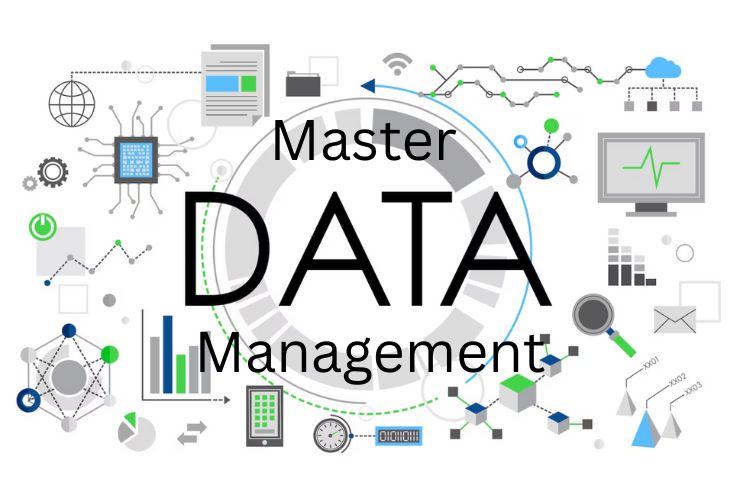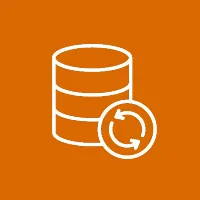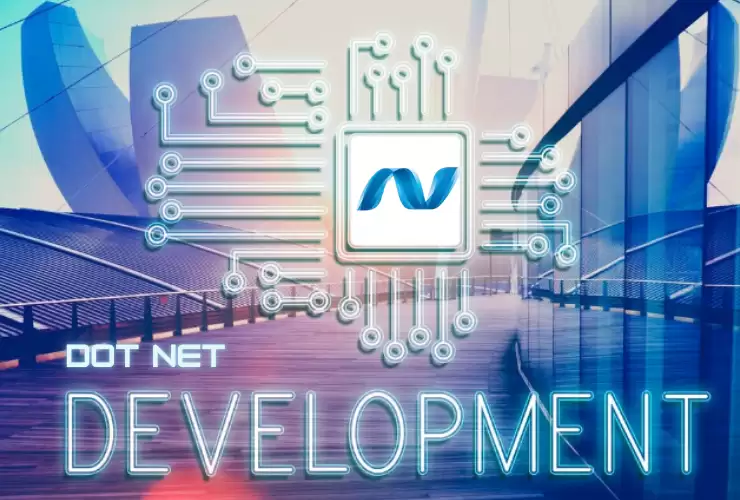In today’s business environment, data-driven organizations are producing large amounts of data across systems, departments, and platforms. Effective management of data is imperative as it drives accuracy, consistency, and reliability across the organization. Master Data Management, or MDM, is the process of creating a unified, authoritative reference to critical data, or master data, across the enterprise. MDM is the foundation of the data strategy for an organization, ensuring departments are relying on the same single source of truth for accuracy and efficiency in decisions and operations.
Master data contains critical information related to customers, products, suppliers, financially, and employee data, among others. Without the appropriate management, organizations can find themselves grappling with errors, duplicates, and inconsistencies, leading to reduced costs, inefficiency, regulatory risk, and lost revenue. Organizations implementing an MDM framework can maintain clean, accurate, reliable data in support of goals across the enterprise-leading to a competitive advantage – in and out of the workplace.
Master Data Management’s Key Components
1. Data Governance
MDM provides robust data governance frameworks to help ensure data accuracy, consistency, and compliance with organizational policies and regulatory requirements. Governance includes defining who owns the data, setting rules for its usage, and monitoring compliance in various departments.
2. Data Integration
Modern businesses operate on multiple systems: ERP, CRM, HR platforms, and cloud applications. MDM integrates these disparate data sources into one source of truth, reducing duplication, increasing consistency, and providing easy access to relevant data enterprise wide.
3. Data Quality Management
Quality data is vital for actionable insights. MDM solutions regularly monitor and improve data quality by eliminating redundant data, fixing errors, and enforcing standardized protocols. This ensures that reports, analytics, and business processes use reliable data sources, reducing errors and misinformed decisions.
4. Centralized Repository
A centralized master data repository is the cornerstone of standardized enterprise data. A centralized repository captures validated and standardized data in one location. This creates one version of the truth that all departments, from sales and marketing to finance and operations, can access, creating less confusion and better cross-department collaboration.
Master Data Management Benefits
Better Decision Making: The availability of accurate and consistent data allows executives and managers to expedite decisions that are based on facts, both significantly reduce risk and improve strategic planning.
Operational Efficiency: Streamlined processes and fewer duplicates, along with totally automated data management, increase efficiency in all departments, saving time and resources.
Improved Customer Experience: Accurate customer data allows for personalized engagement, targeted marketing, and faster answers, driving customer loyalty and satisfaction.
Regulatory Compliance: Organizations rely and depend on MDM’s data processes, preserving the auditable and structured aspect to manage and maintain compliance with industry standards and regulations.
Scalability: As businesses become bigger and expand, MDM maintains data consistency, as well as management and adaptability across numerous platforms and global operations.
Cost Savings: Eliminating duplicate and incorrect information lowers an organization’s operational expense, enables them to avoid costs associated with errors, and generates a higher return on investment for technology initiatives.
Industries Utilizing Master Data Management
Healthcare
Healthcare organizations use MDM to, secure, handle, and manage patient data, ensure compliance with HIPAA and other regulatory bodies in managing patient records, and to navigate challenges in clinical operations. By keeping a single source of patient data for the organization, future initiatives that use data to improve health outcomes will go smoother and with better care, and with fewer mistakes.
Finance
Financial institutions use MDM to keep accurate financial data, compiles reporting, consolidate customers and transactions, and regulatory compliance. Banks, fintechs, and investment firms minimize operational risk and gain better financial insights into their operations.
Retail & E-commerce
Retailers and e-commerce organizations use MDM to consolidate product, inventory, and customer data to increase inventory accuracy, optimize supply chains, and to give their customers personalized marketing to help them recognize value. Accurate master data provides retailers with an improved customer experience and in the context of planning, better decision making.
Manufacturing
Manufacturing organizations are establishing MDM environments to organize, centralize, and manage, suppliers, product data, and operational data to enable just-in-time supply chain management, production monitoring, and predictive maintenance. Accurate data reduces down-time, improves productivity and operations on global scales.
The Future of Master Data Management
As AI, machine learning, and data analytics become more widespread, Master Data Management is beginning to go beyond simple data consolidation. Intelligent MDM platforms can build an automatic way to identify errors, enrich data with external sources, and gain predictive insights – all based on your data that lead to better outcomes for the business. Organizations who embrace intelligent MDM platforms will build a more mature data culture, where all functions can rely on the same trusted, actionable information.
Conclusions
Master Data Management (MDM) is no longer a “nice to have,” but a strategic necessity for organizations that will harness the full potential of their data to gain the competitive advantage over organizations that do not. When organizations establish a single source of truth, enforce data quality, and ensure compliance through MDM, they improve decision-making, productivity and customer experience across all industries. Organizations that invest in MDM solutions are gaining a competitive advantage while reducing risks and positioning themselves for future growth in a continuously changing digital landscape.










